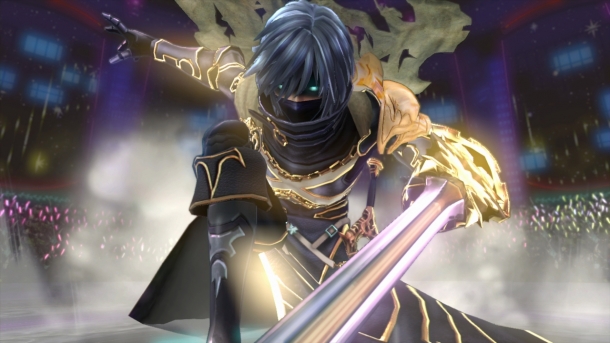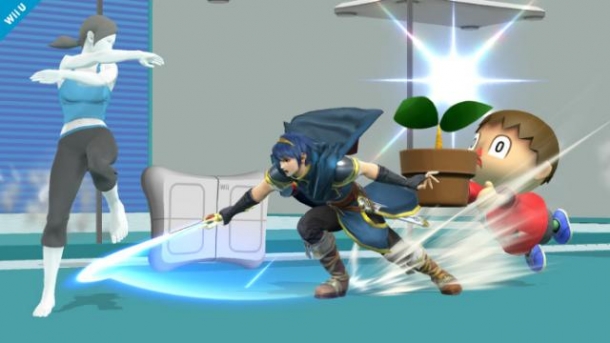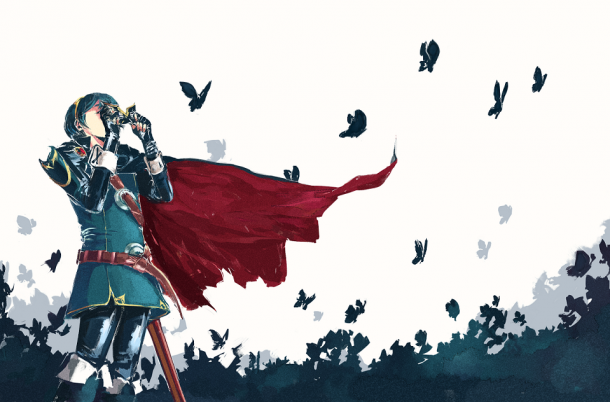Fire Emblem has always featured a simplistic gameplay design. Maps are gridded with squares, and units move based on the number of movement points given by their class. Terrain hinders or improves this movement, and gives bonuses to combat stats. Units are arrayed in anywhere from two to five sides, with varying levels of allegiance, from completely controlled player units and simple enemy units to neutral units allied with the player but outside of their control, to allies the player has limited control over, to completely neutral units incapable of being attacked by enemies or allies.
Units are sorted by classes that define movement, available weapons, and general stat growths. Units gain experience points for fighting, killing or surviving fights, and level up after 100 experience points. On level up, all of a unit's stats have the chance to raise, based on character unique growths. Most units can grow until level 20, but are capable of promoting, either by leveling up after level 20, in some titles, or by using a promotion item any time after level 10, in all titles. Promotions often result in massive stat gains in either all stats, or in the areas most important to the class in question. In some games, there are third tier promotion options, while others have the option of branching promotions or reclassing. Some games also feature unique classes which do not class change, but contine to level 30.
Combat tends to run off a simple formula, with the attackers strength, combined with the might of their weapon, dealing damage minus the defenders defense or resisitance, depending if it was a physical or magical attack. Speed allows for second hits, and adds to avoidance, while skill effects hit rate and critical chance. Criticals are rare, but deal massive, usually triple, damage, and are made mre likely by certain classes, abilities and weapons. Some games also use skills, either assigned to characters, or gained by class, that improve a unit's ability in combat.
Allied units are gained automatically, or are recruited from villages, events, or other sides by conversations. Allied units are always unique characters, with personalities and traits effecting their unique growths. This feeds into Fire Emblem's most unique trait: permenant death. With a couple unique exceptions, characters who die can never be retrieved, and are dead forever. Those central to the plot will instead by "severly injured" and forced to sit out for the rest of the game, while remaining in cutscenes. This, combined with the unique personalities of each character results in players often refusing to accept any losses in their army.
Chapters have various victory conditions, ranging from rout (defeating all enemies), to killing a boss, to defending or surviving for a preset number of turns. Defeat can come from the loss of an objective point, or more commonly from the death of a main character, or Lord.
Overall, the Fire Emblem franchise is known for its difficulty, and its combination of RPG and Strategy mechanics.


